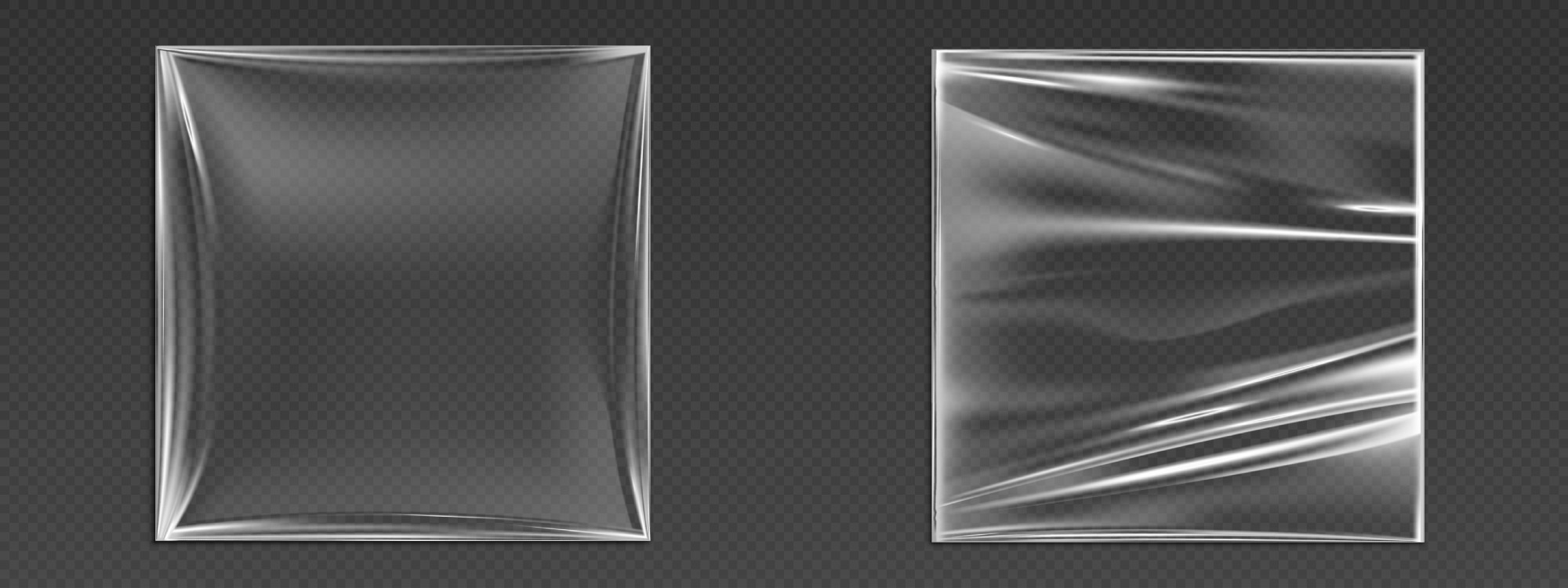 By Muhammad OsamaReviewed by Lexie CornerMay 12 2025
By Muhammad OsamaReviewed by Lexie CornerMay 12 2025A recent study in Nature Communications explores a novel approach to self-healing in polymer glasses—using controlled oscillatory movements to boost molecular mobility and repair cracks.
This technique aims to address one of the longstanding challenges in material science: enhancing durability without sacrificing structural integrity. By doing so, it offers a promising pathway for developing tough, sustainable materials suited for a wide range of industrial applications.

Image Credit: klyaksun/Shutterstock.com
The Challenge with Polymer Glasses
Polymer glasses are everywhere, from medical devices and structural materials to industrial piping. But despite their widespread use, they have a critical weakness: brittleness. This stems from their low molecular mobility, particularly below their glass transition temperature (Tg), which makes them susceptible to cracking and long-term wear.
Softer materials like gels and rubbers can self-heal thanks to their flexible molecular structures. Polymer glasses, on the other hand, are far less forgiving. Traditional self-healing strategies often require chemical modifications or intricate designs—approaches that can be expensive and difficult to scale.
That’s why researchers are exploring mechanical methods like controlled oscillations to stimulate healing without altering the material’s chemical makeup.
How Oscillatory Deformation Enables Healing
In this paper, the authors investigated the effects of controlled oscillatory deformations on molecular dynamics. Using molecular dynamics simulations, they explored how these deformations could enhance local molecular mobility near crack surfaces, promoting self-healing without compromising the material's structural integrity.
The simulations focused on polymer glasses composed of short, fully flexible chains to minimize entanglement effects. Interactions were modeled using harmonic covalent bonds for bonded interactions and truncated Lennard-Jones potentials for nonbonded attractions.
A cylindrical crack was introduced to simulate damage, and sinusoidal shear deformations of varying amplitudes and frequencies were applied across various temperatures, from above to below Tg. Furthermore, molecular mobility was quantified using the α-relaxation time, calculated from the decay of the self-scattering function during deformation.
The study identified specific oscillatory conditions under which molecular mobility was enhanced, mainly near crack tips, facilitating partial crack closure. This volume-preserving approach offers an alternative to chemical modification strategies, demonstrating that mechanical stimulation alone can induce self-healing behavior in polymer glasses.
Recovery of Mechanical Integrity Through Localized Changes
The outcomes confirmed that controlled oscillatory deformations can significantly enhance molecular mobility and promote crack closure in polymer glasses without losing structural integrity. By applying strain amplitudes within a specific intermediate regime, below the yielding point but above the threshold for molecular relaxation, the researchers facilitated localized dynamics at crack surfaces while preserving the bulk glassy state.
Molecular relaxation times varied with strain amplitude and oscillation frequency, indicating a clear correlation between deformation parameters and healing efficiency.
Notably, when strain exceeded a critical threshold, the material transitioned into a fluid-like state, leading to global melting. However, within the intermediate regime, transient bond breaking allowed selective acceleration of surface dynamics and effective crack healing.
Molecular dynamics simulations demonstrated that cylindrical cracks could be healed under these controlled conditions, with smaller cracks (diameter less than particle size) showing higher healing efficiency. The restored regions maintained strength comparable to pristine samples, confirmed by stress-strain analysis.
The process avoided the formation of shear bands, which typically accompany structural damage in amorphous materials. The authors identified three deformation regimes: (i) a linear regime with negligible mobility changes, (ii) a nonlinear regime associated with melting, and (iii) a critical intermediate regime where mobility enhancement enables healing without material degradation.
Download your PDF copy now!
Industrial Implications and Applications
This research opens up exciting possibilities for industries that rely on durable polymer components. Construction, automotive, aerospace, electronics, and medical sectors all stand to benefit. Embedding this type of mechanical self-healing could mean longer-lasting products, reduced maintenance, and lower material waste, aligning with broader sustainability goals in design and manufacturing.
Future research should focus on refining deformation parameters for practical, scalable use, exploring more complex damage geometries, and testing a wider range of polymer compositions. Understanding how the inherent stability of a polymer glass affects its ability to heal will also be crucial for tailoring materials to specific applications.
As industries look for ways to build smarter, longer-lasting, and more sustainable products, this mechanical self-healing method offers a compelling direction.
Journal Reference
Ruiz-Franco, J., Giuntoli, A. Inducing mechanical self-healing in polymer glasses. Nat Commun 16, 4085 (2025). DOI: 10.1038/s41467-025-59426-6, https://www.nature.com/articles/s41467-025-59426-6
Disclaimer: The views expressed here are those of the author expressed in their private capacity and do not necessarily represent the views of AZoM.com Limited T/A AZoNetwork the owner and operator of this website. This disclaimer forms part of the Terms and conditions of use of this website.